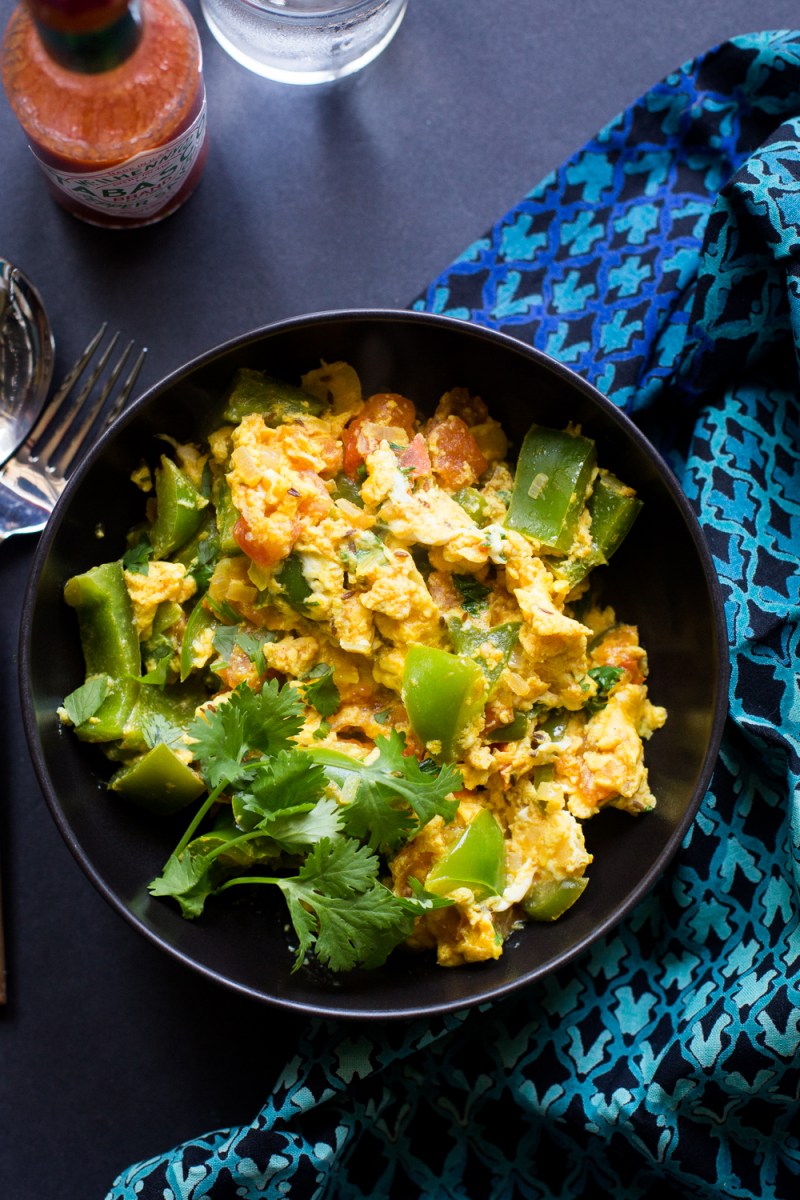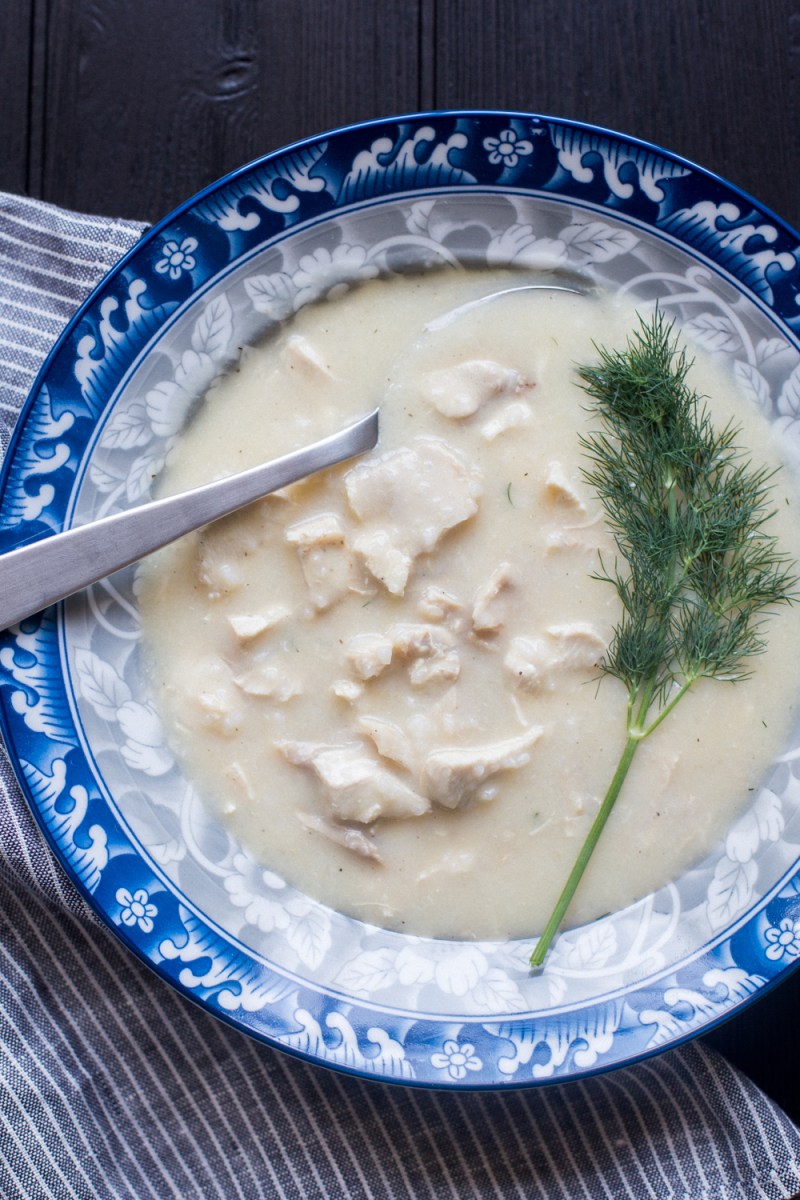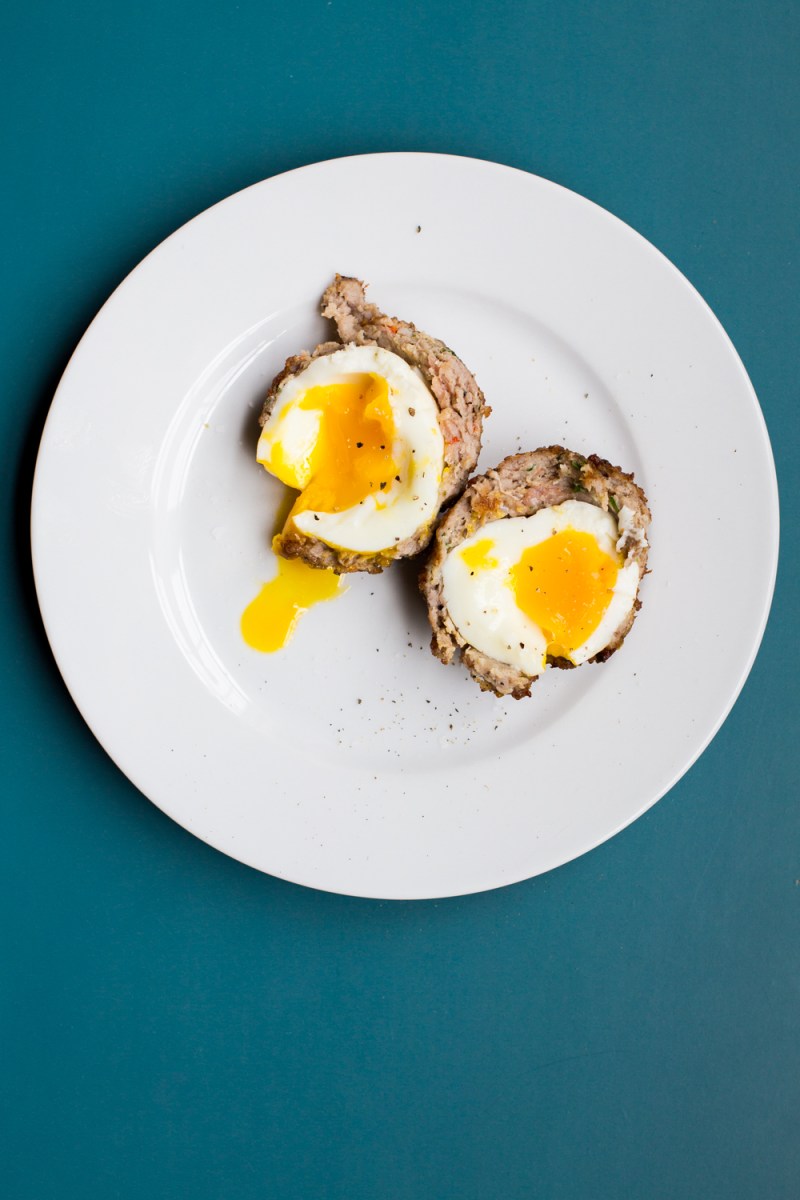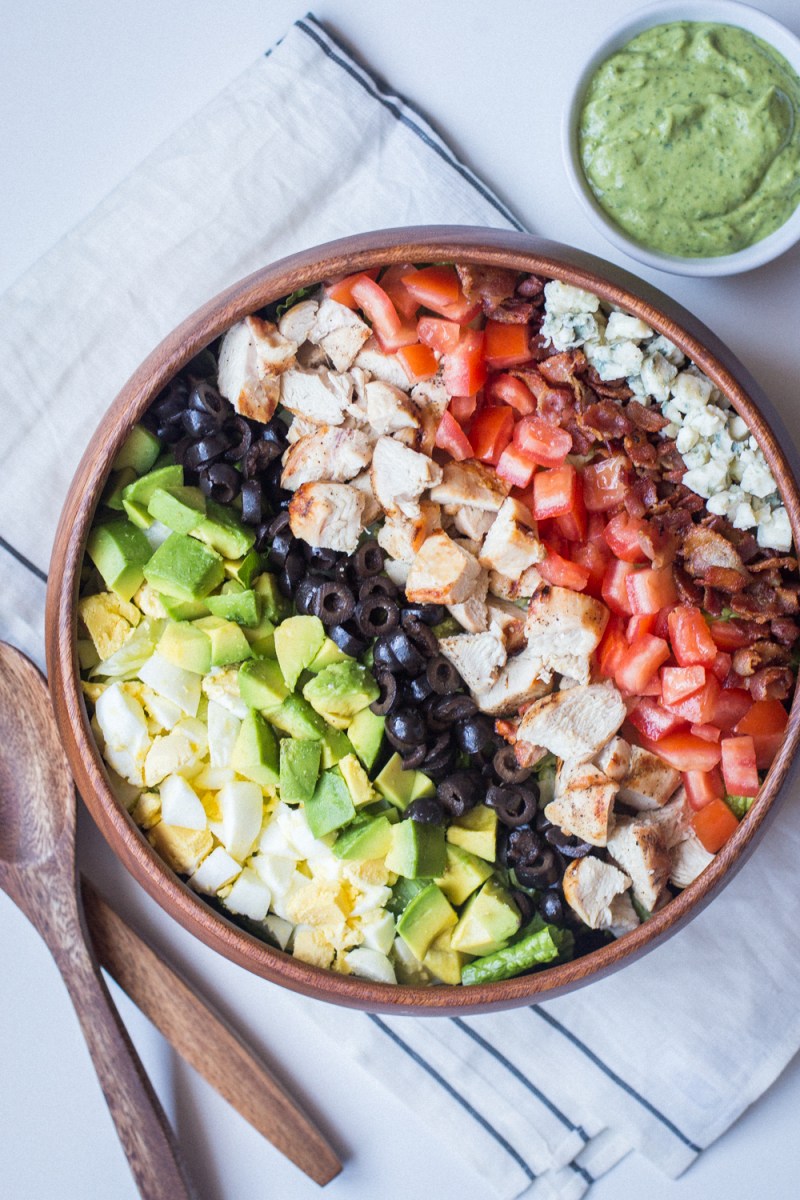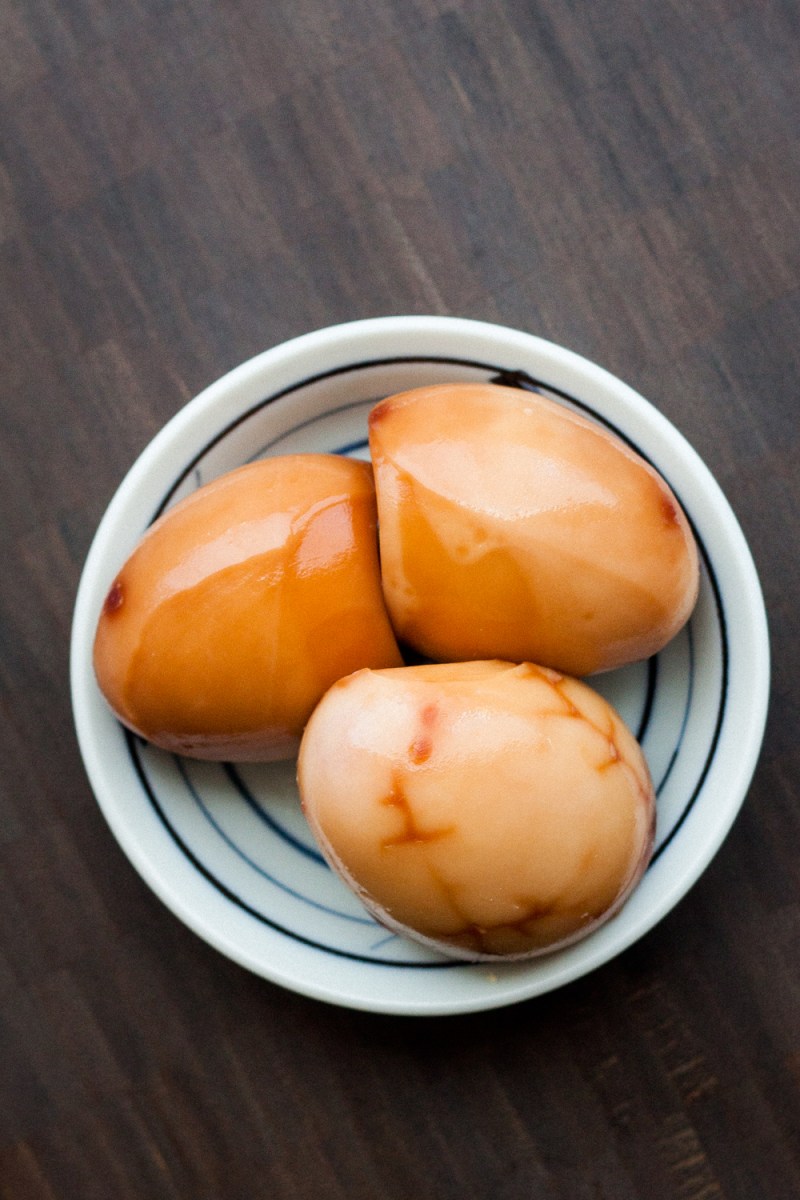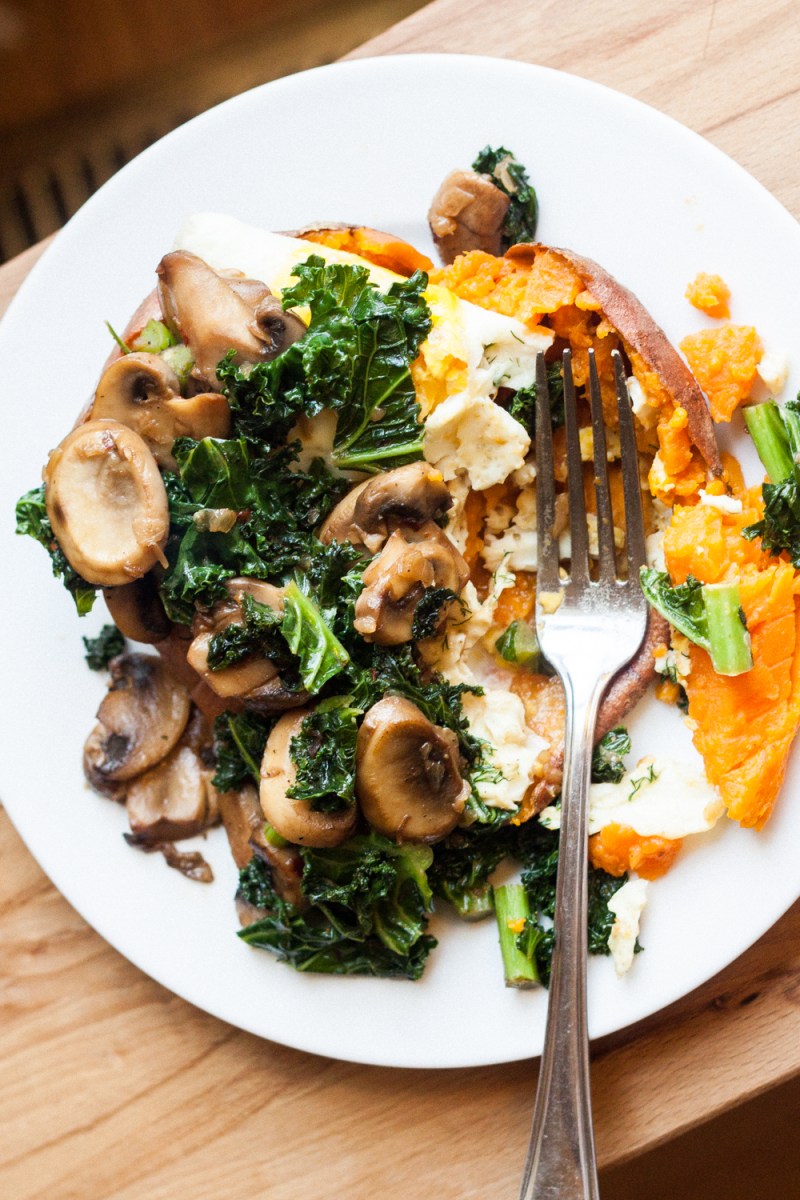
Shakshuka is a dish of tomatoes, peppers, and poached eggs, ubiquitous in North Africa and the Middle East. Countries across the Middle East, from Yemen to Turkey, claim to have first created the dish, where it then supposedly spread across North Africa. Regardless of origin, I like to think the best Shakshuka embodies many of the countries and cultures that claim ownership of this dish, so I like to incorporate many influences, like Harissa from Morocco, or olives and artichoke hearts from across the Mediterranean.
And that’s the beauty of this dish – there are so many possible variations, all readily available in most pantries and fridges, that this dish can be cooked up most any morning; it only takes a few extra minutes to turn your typical fried eggs into something magical. Today’s recipe hosts an all-inclusive mix of possible additions, a tapestry of what you could use – but if you’re missing an ingredient or two, it’ll still turn out spectacularly. And if you don’t have any pre-made Harissa within arm’s reach, and want to capitalize on the spontaneous nature of this dish, simple replace the Harissa with some tomato paste and cayenne (measurements in the recipe below).
On a separate note, my friends at ButcherBox are celebrating their two-year birthday (just ahead of our youngest son, Elliott!). To celebrate, they’re throwing in a package of two 10oz ribeyes (a $25 value) for new customers’ first orders – that’s in addition to $10 off that The Domestic Man readers already receive by using my affiliate link. I’m a big fan of ButcherBox, and I look forward to receiving my customizable box every month – stocked full of staples and new cuts of beef, pork, and/or chicken every time. This offer expires at midnight on Tuesday, October 3rd, so don’t wait!


